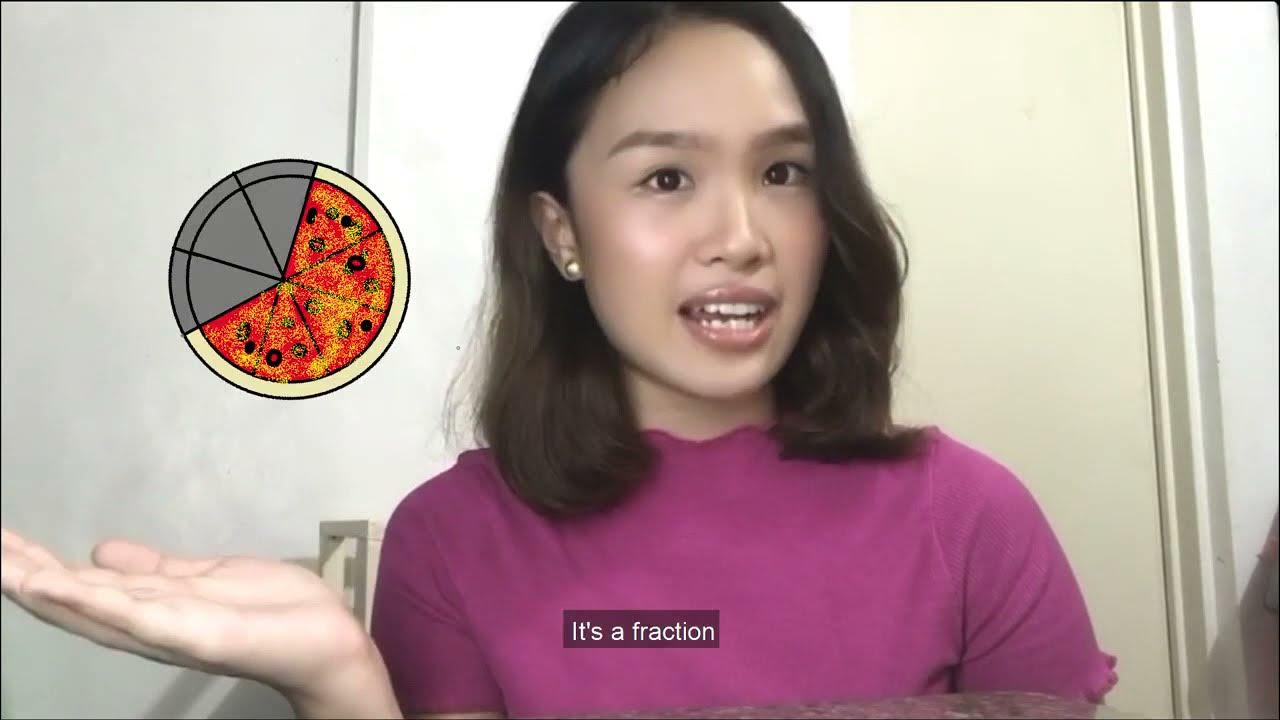(고1 수학 세특 탐구 주제) 복소평면과 복소수 곱을 이용한 점의 회전, 단위근, 수학 보고서 주제, 학생부 종합전형, 수시 준비
Summary
TLDRThis video delves into the concept of complex numbers, exploring their use in mathematics and real-world applications. It explains the fundamental theorem of algebra, which ensures every equation has a solution in the complex number system. The speaker emphasizes the use of complex numbers in computer graphics, specifically for image rotation. Through visual explanations and examples, the video demonstrates how complex numbers can represent rotations on the complex plane and how to use them for geometric transformations, such as multiplying complex numbers to calculate angles and magnitudes. The discussion also touches on higher powers and roots of complex numbers, offering deeper insights into their properties.
Takeaways
- 😀 Complex numbers allow us to solve all types of equations, including those that don't have real solutions, as guaranteed by the Fundamental Theorem of Algebra.
- 😀 The complex plane consists of two axes: the real part of a complex number is represented on the x-axis, while the imaginary part is represented on the y-axis.
- 😀 Complex numbers are useful in real-world applications like computer graphics, where they are used to rotate images and manipulate graphical data.
- 😀 Points on the unit circle (with a radius of 1) represent complex numbers, with their positions determined by their real and imaginary parts.
- 😀 The rotation of points on the unit circle is a key concept in complex number operations, particularly when multiplying complex numbers.
- 😀 When two complex numbers are multiplied, their corresponding points on the unit circle rotate by the sum of their individual angles.
- 😀 The rotation effect of multiplying complex numbers can be applied to problems such as rotating objects in computer graphics or calculating rotational symmetry.
- 😀 A complex number raised to a power results in a further rotation on the unit circle, with the angle increasing by a multiple of the original angle.
- 😀 Complex numbers can represent roots of unity, such as cube roots or sixth roots, where each root corresponds to a rotation on the unit circle.
- 😀 The exploration of higher powers of complex numbers (such as z^n = 1) involves finding the angles that correspond to evenly spaced rotations around the unit circle, providing insights into symmetry and periodicity.
Q & A
What is the significance of complex numbers in mathematics, as discussed in the video?
-Complex numbers allow us to solve all algebraic equations, guaranteeing a solution for every polynomial equation, which is not always possible with real numbers alone. This is related to the Fundamental Theorem of Algebra.
What is the complex plane, and how is it represented?
-The complex plane is a coordinate plane where complex numbers are represented as points. The x-axis corresponds to the real part of the number, and the y-axis represents the imaginary part.
Why do we need two axes (real and imaginary) to represent complex numbers, as opposed to just one for real numbers?
-Complex numbers consist of both a real part and an imaginary part, requiring two axes to fully represent them in the plane. The real part is plotted on the x-axis, and the imaginary part on the y-axis.
How is a complex number represented on the complex plane?
-A complex number is represented as a point in the plane, where the x-coordinate is the real part and the y-coordinate is the imaginary part. For example, 3 + 2i would be represented at the point (3, 2).
What is the connection between complex numbers and rotation on the unit circle?
-Complex numbers on the unit circle represent points that can undergo rotation. When multiplying two complex numbers that lie on the unit circle, their corresponding points rotate by the sum of their individual angles.
What happens when two complex numbers are multiplied, and how does this affect their positions on the unit circle?
-Multiplying two complex numbers results in a new point that is the sum of the individual angles of the two numbers on the unit circle. For example, multiplying a number at a 30° angle and another at a 60° angle results in a new point at a 90° angle.
What is the general rule when multiplying two complex numbers in terms of their angles on the unit circle?
-When two complex numbers are multiplied, the angle of the resulting point is the sum of the angles of the individual numbers. This means the multiplication causes a rotation by the sum of the angles.
How can we calculate the roots of unity using complex numbers?
-The roots of unity are the complex numbers that, when raised to a specific power, result in 1. For example, the cube roots of unity correspond to angles of 0°, 120°, and 240°, each representing a root of the equation z³ = 1.
What is the significance of the unit circle in understanding complex number powers?
-The unit circle is crucial in understanding powers of complex numbers because multiplying a complex number on the unit circle by itself results in a rotation. The number of rotations depends on the power, and this helps in calculating the periodic behavior of complex numbers.
How do non-unit complex numbers behave when multiplied in terms of their magnitude and angle?
-When multiplying non-unit complex numbers, their magnitudes multiply while their angles add. For example, if one number has a magnitude of 2 and the other has a magnitude of 3, the resulting number will have a magnitude of 6, and the angle will be the sum of their individual angles.
Outlines

This section is available to paid users only. Please upgrade to access this part.
Upgrade NowMindmap

This section is available to paid users only. Please upgrade to access this part.
Upgrade NowKeywords

This section is available to paid users only. Please upgrade to access this part.
Upgrade NowHighlights

This section is available to paid users only. Please upgrade to access this part.
Upgrade NowTranscripts

This section is available to paid users only. Please upgrade to access this part.
Upgrade NowBrowse More Related Video

Complex Numbers 01 | Introduction to Complex Numbers | Class 11 | JEE

1. Introduction to Number Theory | Queen of mathematics | Ravina Tutorial | in Hindi

L'INFINIE PUISSANCE des mathématiques

APA ITU BILANGAN KOMPLEKS ? (Materi Kurikulum Merdeka)

EXEMPLOS NÃO SÃO DEMONSTRAÇÕES - Ledo Vaccaro

VLOG - Chapter 3: What Mathematics is About from Ian Stewart's Nature's Numbers
5.0 / 5 (0 votes)